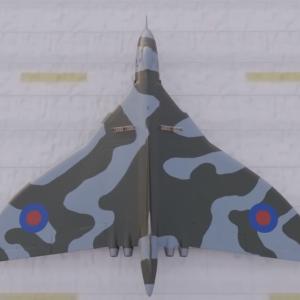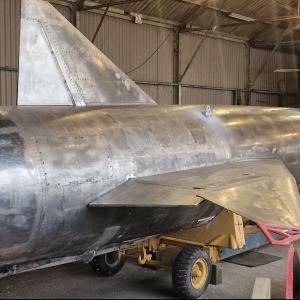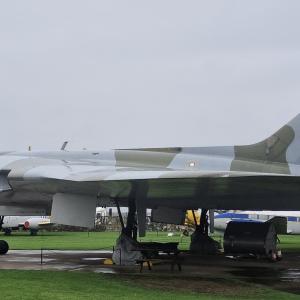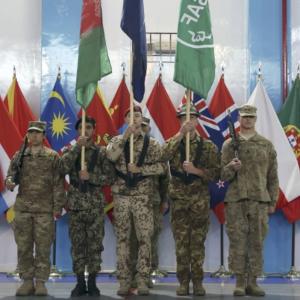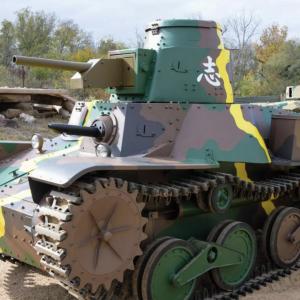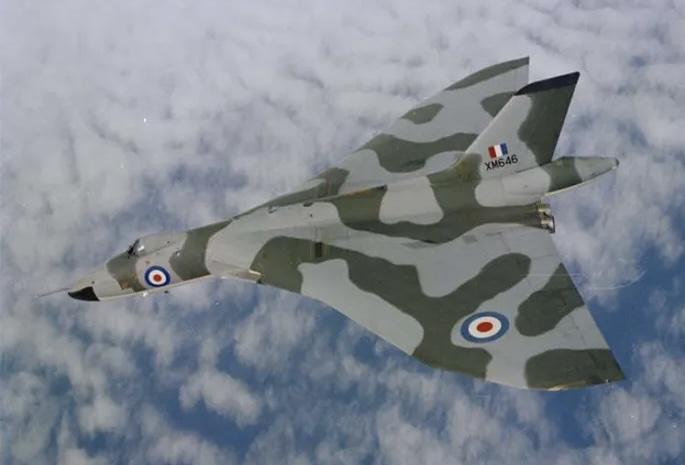
Britains longest bombing mission
Operation Black Buck: The Vulcan Bomber’s Longest Mission
In April 1982, as the Falklands War erupted between Britain and Argentina, the Royal Air Force (RAF) launched one of the most ambitious bombing missions in history—Operation Black Buck. This series of seven long-range bombing raids targeted the Argentine-occupied Port Stanley airfield on the Falkland Islands. The mission showcased the remarkable endurance of the Avro Vulcan, a Cold War-era strategic bomber, as it undertook what was, at the time, the longest bombing mission ever attempted.
Planning and Preparation
The Vulcan was originally designed for nuclear deterrence rather than long-range conventional bombing, meaning extensive modifications were necessary. The aircraft had to be adapted to carry conventional bombs and fitted with a refueling probe for aerial refueling. Crews underwent intensive training for the complex refueling maneuvers they would have to perform en route.
The mission required a journey of approximately 3,900 miles (6,300 km) from RAF Ascension Island in the mid-Atlantic to the Falkland Islands and back. Since the Vulcan’s maximum operational range was only about 2,000 miles (3,200 km), aerial refueling was essential. The RAF employed Victor tanker aircraft in a meticulously choreographed refueling operation that involved multiple tankers transferring fuel both to the Vulcan and to each other in mid-air.
The Flight and Refueling Process
On the night of April 30–May 1, 1982, a single Vulcan bomber, XM607, piloted by Flight Lieutenant Martin Withers, took off from Ascension Island. Supporting the mission were eleven Victor tanker aircraft. The complexity of the refueling plan required Victors to refuel other Victors so they could extend their range and sustain the Vulcan.
During the flight, the Vulcan was refueled multiple times before reaching its target. At one point, one of the planned Vulcan aircraft, XM598, suffered a pressurization failure and had to turn back, leaving XM607 to complete the mission alone. In total, the aircraft received fuel from over a dozen refueling operations, making it one of the most complicated aerial refueling efforts ever undertaken.
Bombing the Target
After nearly 16 hours in the air, the Vulcan approached its target: the runway at Port Stanley Airport. Carrying twenty-one 1,000-pound bombs, the aircraft executed a precise bombing run at an altitude of approximately 10,000 feet. One bomb struck the center of the runway, while others landed nearby, ensuring that Argentine forces could not use it for fast jet operations. The mission successfully demonstrated British capability and signaled the RAF’s reach despite the immense distance.
Return and Legacy
Following the bombing, XM607 returned to Ascension, requiring further refueling on the way back. In total, the aircraft spent about 16 hours in flight, covering approximately 7,800 miles (12,500 km). The mission was a major logistical success and had a psychological impact on Argentine forces, showcasing Britain's strategic air power.
Operation Black Buck remains one of the most famous bombing missions in RAF history. It highlighted the skill of RAF crews, the versatility of the Vulcan bomber, and the remarkable planning required to make such an operation possible.

